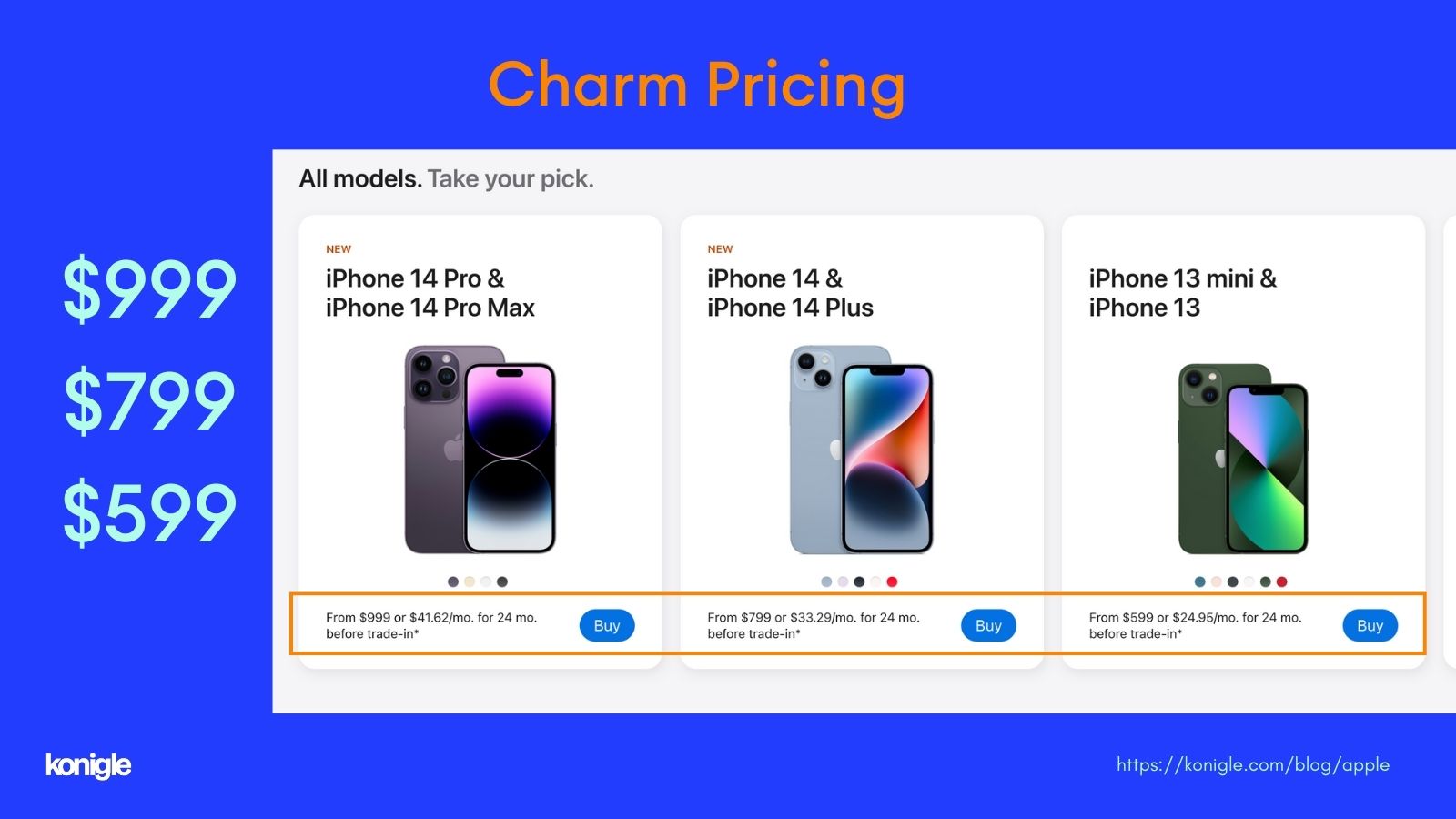Apple is arguably the biggest brand on the planet. With their state-of-the-art products and loyal customers and an estimated 512 M organic visitors it may seem like for most online stores, Apple is too big to learn things from and implement on their stores. But it turns out even Apple at their huge scale use time tested, strategies that work.
In fact, with over half a billion organic visitors (src. Ahrefs), key lessons to learn from Apple are in how to improve Conversion Rate and turn this huge audience to customers, which are even more relevant to stores with fewer visitors.
Here are 3 growth tactics that you can steal from Apple and implement on your online store.

Though most online stores have links to a collections page, Apple takes it up a notch! They make sure visitors on their site can easily browse by collections, whether they’re popular picks or needing an extra boost. This thoughtful implementation presents visitors with prominent choices instead of just generic links, making it easier for them to find what they're looking for - plus, Apple can easily highlight new or under-performing product lines within these curated selections.

According to a study of over 1.5 million online stores, Konigle found that stores that use charm pricing show higher conversion rates and almost 4% greater revenue than similar stores who don't use charm pricing. So what is Charm Pricing ?
For the iPhone above, Apple prices it as $999 and most shoppers psychologically round the price down to $900 rather than rounding up to $1000. Perceiving the iPhone to be almost 100 dollars cheaper ! This psychological phenomenon where perceptions and evaluations are disproportionately influenced by the left-most digit of the product price is called charm pricing.
The kind of rounding you may want to use for your online store may depend on the products you are selling and which industry you are in. You can read a detailed study by downloading the Konigle Sellingnomics issue that talks about charm pricing here.
If you would like to implement Charm Pricing on your Shopify store automatically for every product that is present or added in the future, you could use the Charm Pricing Seller Tool within Konigle.

To boost your online store's bottom line, it's key to get customers with a strong intent to buy in the virtual door. Apple shows us how success can be achieved through strategic marketing tactics - they close their website hours before launching new products as an innovative way of creating anticipation and excitement amongst shoppers! The savvy approach certainly pays off when they open back up again; you have lots of eager buyers ready to convert.
So, what can smaller stores do, with their meagre marketing budgets ? A few things actually
- Introduce a new product to your mailing list, explaining why the product exists and how it can help them.
- Create scarcity by introducing only a small quantity of the product first and let it run out of stock, then use the back in stock alerts tactic to create a waiting list and high purchase intent visitors.
- You could also use a pre-order tactic, to hype up demand for the product.
Here's some inspiration, one of the best product pitches ever in history from the master himself - Steve Jobs. May the simplicity and elegance of the pitch inspire you in your journey to build a lasting brand.